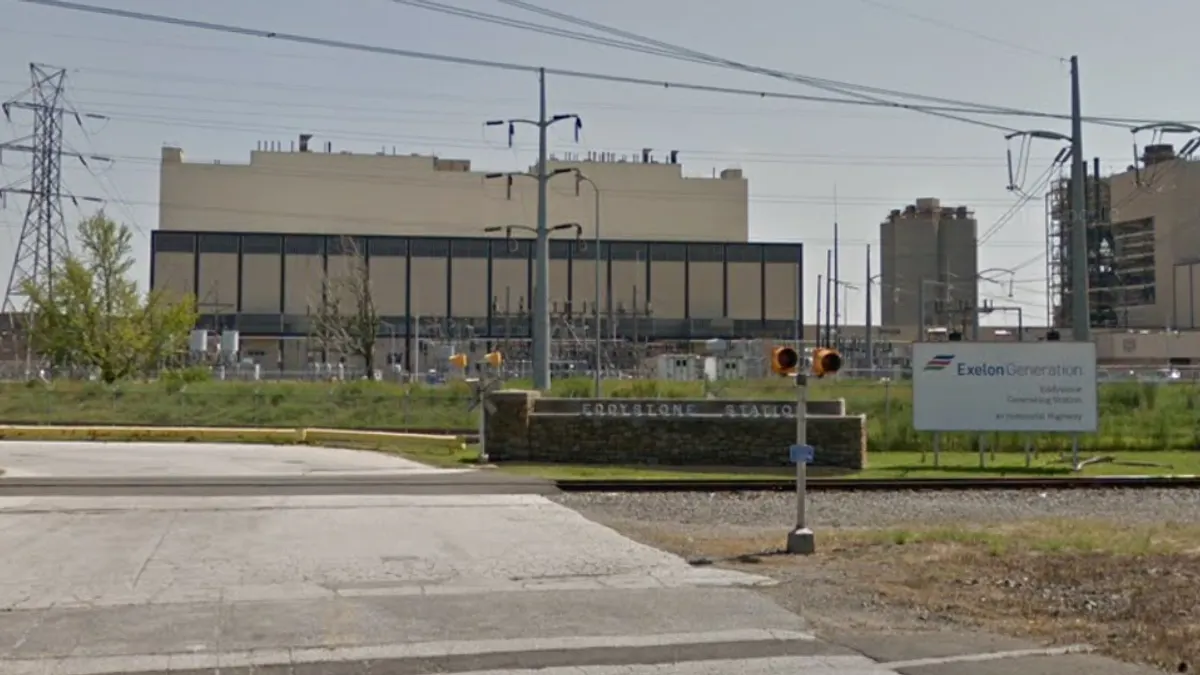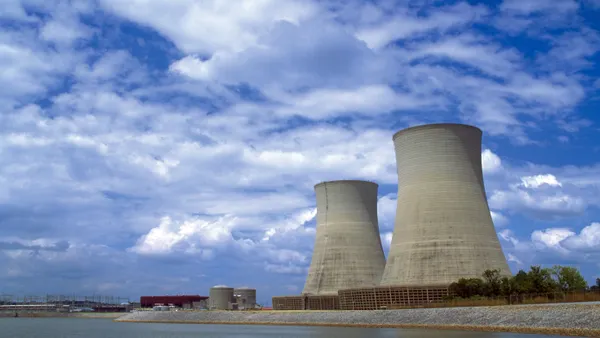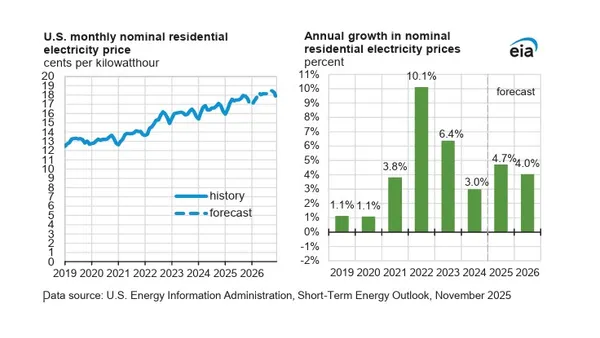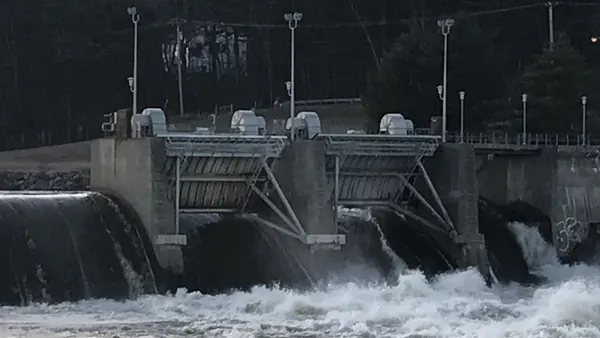Dive Brief:
- Allete reported net income of $33.5 million for Q1 2014, up $1 million over Q1 2013.
- Allete said this winter's cold weather brought higher electricity sales, though the company also reported that operational and maintenance costs were also higher than last year, which the company hopes to offset with a plan to diversify its fuel resources.
Dive Insight:
In a call with analysts on Monday, CEO Alan Rodnik said the utility no longer wanted an unbalanced generation portfolio that sees the company relying on any fuel to the extent it previously relied on coal (90% of generation). Asked if the company would consider switching a large part of its generation to natural gas, Rodnik said "there will still be room over time to add gas" to the company's generation.
Rodnik was keen to emphasize the growing importance of renewables. Allete Clean Energy has a growing portfolio of wind generation, and Rodnik said that the company is looking to expand into solar as well.
On the renewables side, construction has begun on the Bison 4 wind power project, which will generate 250 MW of capacity. Allete Clean Energy also bought three wind energy facilities for $27 million in January, and has the option of purchasing a 4th facility in 2015.
As for Allette's current coal-fired power plants, the utility is working to modernize and upgrade facilities where possible to come in line with the federal government's emissions regulations.
"The largest remaining issue with any coal unit after that of course is CO2," said Rodnik. "There aren’t a lot of immediate solutions for carbon capture and carbon sequestration." Rodnik sees the company continuing to use coal-fired generation, though that may rest, in part, on whether the technology to clean up coal will be available and cost-effective in the near future.
Like many other utilities, Allette is looking beyond coal, particularly as some of its units are getting to an age where upgrading them or retrofitting them with new technology would be more expensive and less efficient than retiring them.
"A new source of carbon or existing carbon is going to require a certain efficiency outcome that may not allow all the units to continue to run," said Rodnik. "I don’t know that for a fact, but I surmise that could go at the end of the day, and carbon will be the largest driver of whether older coal units stay in the game."













